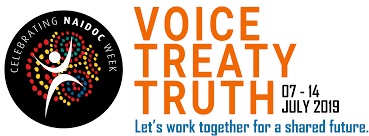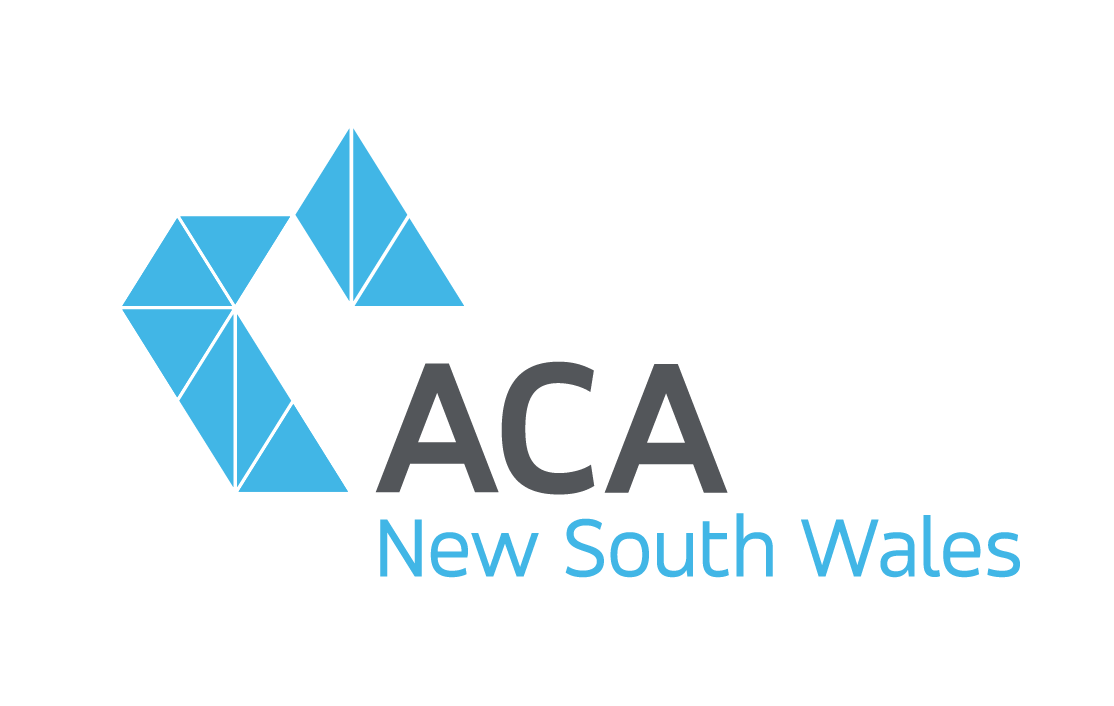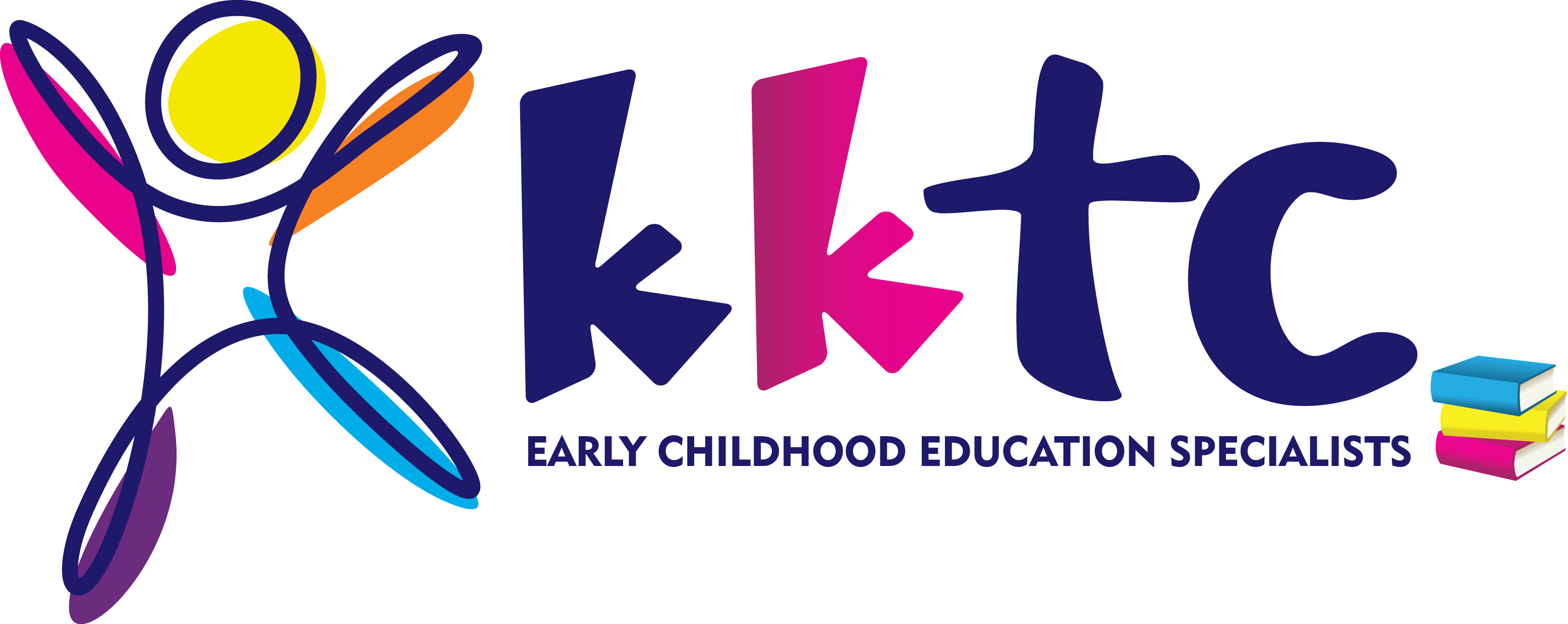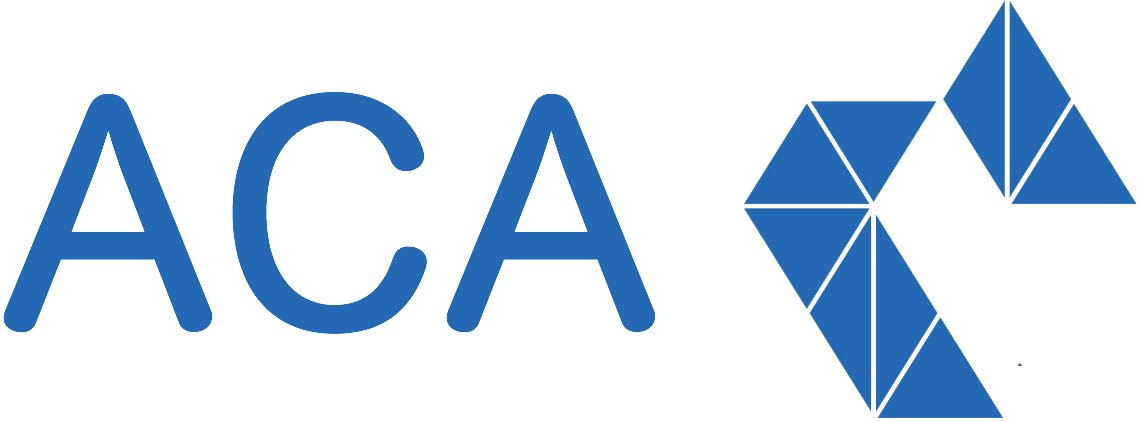
NAIDOC Week celebrations are held across Australia each July to celebrate the history, culture and achievements of Aboriginal and Torres Strait Islander peoples. NAIDOC is celebrated not only in Indigenous communities, but by Australians from all walks of life. The week is a great opportunity to participate in a range of activities and to support your local Aboriginal and Torres Strait Islander community.
NAIDOC originally stood for ‘National Aborigines and Islanders Day Observance Committee’. This committee was once responsible for organising national activities during NAIDOC Week and its acronym has since become the name of the week itself. Find out more about the origins and history of NAIDOC Week.
Each year, there is a different focus city for the National NAIDOC Awards Ceremony. The focus city, National NAIDOC Poster Competition and the NAIDOC Awards recipients are selected by the National NAIDOC Committee.
Local community celebrations during NAIDOC Week are encouraged and often organised by communities, government agencies, local councils, schools and workplaces.
Have you thought about organising a NAIDOC event in your centre? A few suggestions about how you can celebrate NAIDOC can be found on this website.
Here are some ideas on how to celebrate NAIDOC Week:
- Display the National NAIDOC Poster or other Indigenous posters around your classroom or workplace.
- Start your own hall of fame featuring Indigenous role models.
- Listen to Indigenous musicians or watch a movie about Aboriginal and Torres Strait Islander history.
- Make your own Indigenous trivia quiz.
- Study a famous Indigenous Australian.
- Research the traditional Indigenous owners of your area.
- Study Aboriginal and Torres Strait Islander arts and crafts.
- Work with an Aboriginal or Torres Strait Islander artist to produce an artwork representing the theme.
- Run an art competition for your school or community.
- Research Indigenous history online or visit you library to find books about Aboriginal and Torres Strait peoples.
- Visit local Indigenous sites of significance or interest.
- Learn the meanings of local or national Aboriginal and Torres Strait Islander place names and words.
- Invite local Indigenous Elders to speak or give a Welcome to Country at your school or workplace.
- Invite an Indigenous sportsperson or artist to visit you.
- Invite Aboriginal or Torres Strait Islander dancers to perform.
- Host a community BBQ or luncheon.
- Hold a flag raising ceremony.
- Organise a smoking ceremony.
Click on the follow link to view logos and banners to help you on your way!







